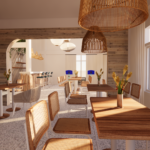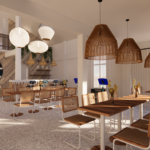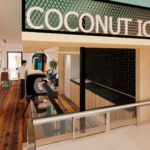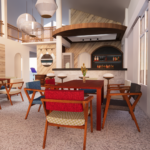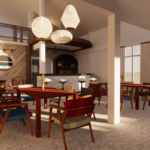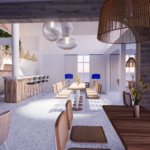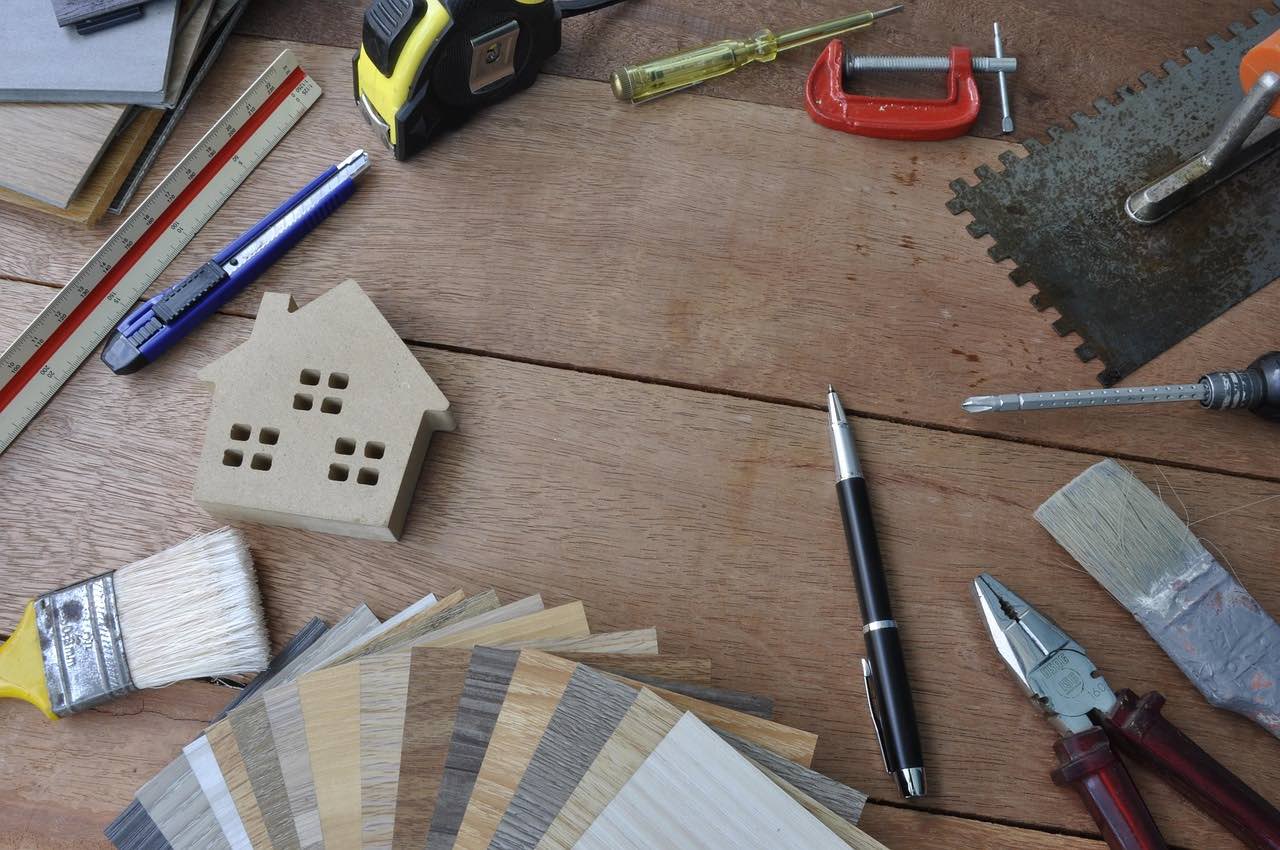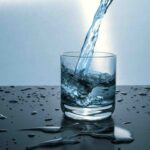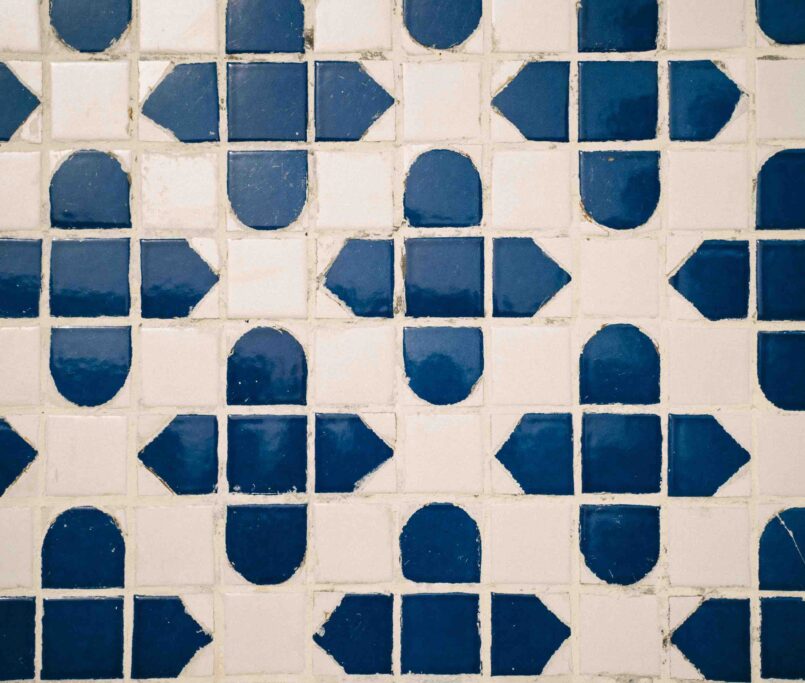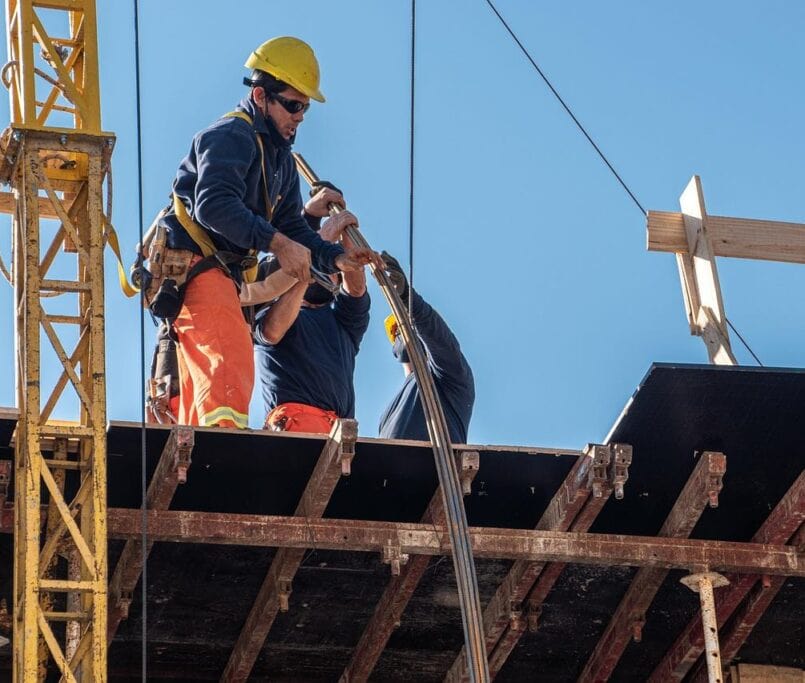Building a tropical villa in Koh Samui isn’t just about picking a design and watching it come to life—it’s about navigating an environment of 80% humidity, 30–35°C heat, and monsoonal downpours averaging 200 mm per month. In this setting, a non custom design using the wrong materials or layout can turn a dream home into a maintenance disaster.
While prefabricated homes offer speed and cost control, custom-built villas remain the gold standard for those seeking long-term comfort, energy efficiency, and architectural harmony with the land. This post explores how custom construction better serves tropical living and where prefab options can (and can’t) keep up.
Custom Design: Built for the Land, Not Just Placed On It
Custom builds are shaped by the land they stand on. Whether your plot slopes toward the sea or faces inland breezes, custom architecture works with the natural topography to position rooms for cross-ventilation, natural shading, and thermal mass cooling.
- Orientation matters: A villa that faces prevailing winds and uses deep overhangs or brise-soleils to shade western walls can stay 3–5°C cooler without needing full-time air conditioning.
- Site-responsive layouts: Custom builds can place bedrooms on the shaded side of the plot, elevate floors to reduce rising damp, and angle roofs to maximise water collection—design strategies that prefab homes often can’t adapt to without costly modifications.
Prefab downside: Factory-made designs are often created for broader markets. That means they may ignore Koh Samui’s unique microclimates, leading to hotter interiors, poor drainage on sloped plots, and limited flexibility for owners wanting to expand or remodel later.
Material Matters: Custom Durability vs. Standardisation
Custom builds allow careful selection of materials proven to withstand Koh Samui’s harsh tropical environment:
- Concrete, properly mixed with waterproofing agents and cured correctly, lasts 20–30 years or more and handles monsoons and high humidity well. But poor-quality prefab panels or rushed pours on-site can crack within five years under similar conditions.
- Tropical hardwoods, such as kiln-dried teak or merbau, resist mould and termites and last decades without chemical overload. Compare this to the MDF or softwoods used in many prefab homes, which warp or decaywithin 5–7 years if not heavily treated—and even then, may struggle in non-air-conditioned spaces.
- Breathable surfaces and lime plasters help control interior moisture—custom options rarely available in off-the-shelf prefabs.
Prefab materials: While cost-effective, the composites and synthetic insulation commonly used in prefabs can off-gasin high humidity, and many prefab window systems lack proper sealing against wind-driven rain—essential on an island with powerful seasonal storms.
Climate-Smart Comfort: Passive Design Beats Plug-In Cooling
Custom designs allow for passive cooling strategies that reduce energy use and increase comfort:
- High clerestory windows, vented eaves, and thermal zoning help expel hot air and funnel breezes throughout the home.
- Wall thickness and roof design can be calibrated to slow down heat transfer, eliminating the need for 24/7 aircon even during the hottest months.
- Spaces can be oriented to avoid heat pockets and glare, which are common in prefab layouts that weren’t designed for this latitude.
Prefab strategies: Modular homes may add solar-powered fans or insulation upgrades, but these are add-ons—not integrated solutions. And they rarely solve the root problem of a layout that’s wrong for the island in the first place.
The Bottom Line: What Are You Really Paying For?
Yes, prefab homes offer speed—some go up in as little as 3–6 months, and their predictable pricing is appealing. For temporary structures, rental investments, or outbuildings, they have a role.
But if you’re building a primary residence, family home, or long-term investment villa, the up-front time spent planning and constructing a custom home usually pays off in reduced running costs, fewer repairs, and a much higher standard of living.
- Energy savings: Passive cooling can cut air conditioning costs by 40–60% annually.
- Maintenance: Custom materials age better in coastal humidity, meaning fewer surprises in year 5, 10, or 15.
- Design freedom: No need to retrofit for solar, rainwater collection, or future expansions.
Conclusion: Build for the Climate, Not Just the Calendar
In Koh Samui’s tropical environment, custom home design wins on comfort, resilience, and long-term value. While prefab villas can work for certain budgets or timelines, they often compromise on the very factors that make island living enjoyable.
To create a home that truly fits its environment, tailored design matters—not just in form, but in how your villa breathes, cools, and weathers the years.
For more insight into tropical villa design that works with nature rather than against it, visit our blog or contact us.
Follow us on YouTube for practical tips from the ground in Koh Samui.

